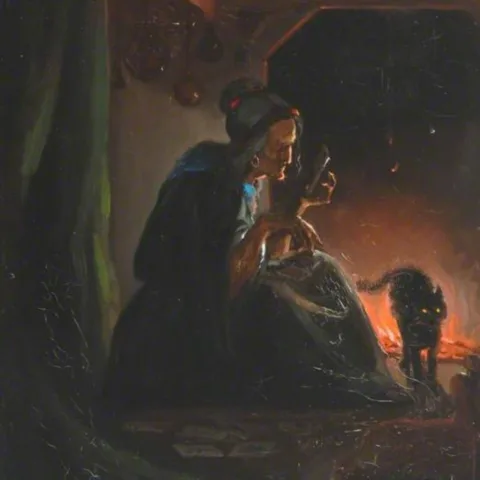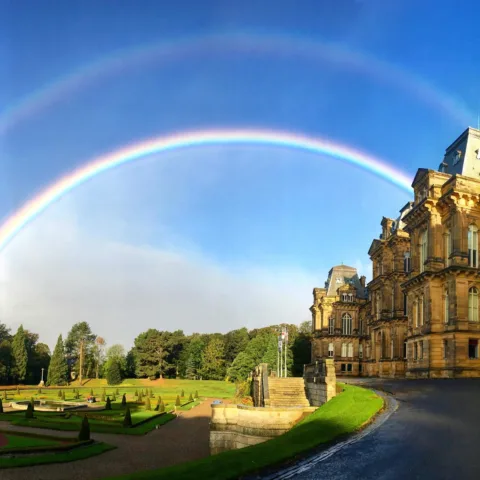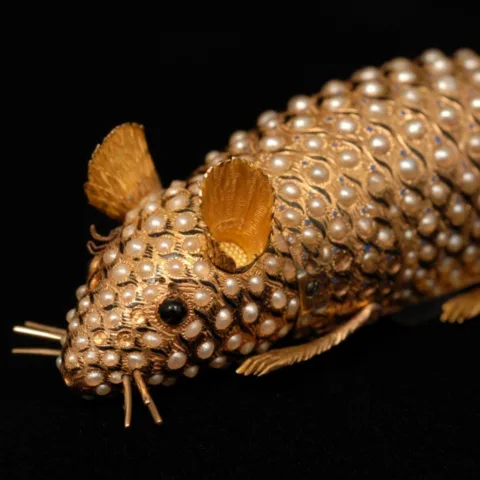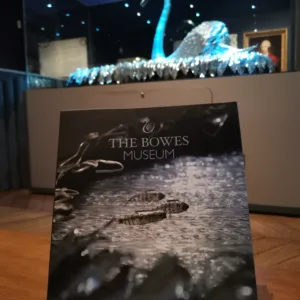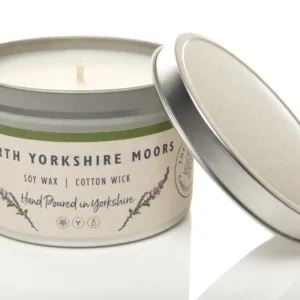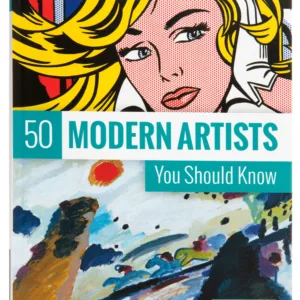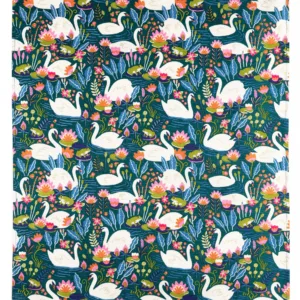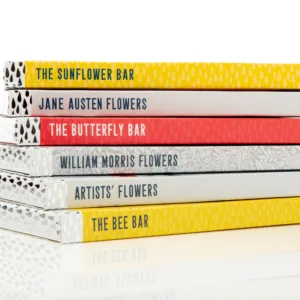The Bowes Museum Blog

The ‘Unhappy Countess’ and The Botanical Cabinet
The ‘Unhappy Countess’
Bowes, Mary Eleanor, countess of Strathmore and Kinghorne (1749-1800) was born on 24 February 1749, the only child of George Bowes MP (1701-1760), of Streatlam Castle and Gibside, co. Durham, and his second wife, Mary (d. 1781), heir of Edward Gilbert, of St Paul’s Walden in Hertfordshire. Her father, a landowner and successful businessman, brought her up at Gibside House, near Rowlands Gill, where she was educated. Mary Eleanor was a very intelligent young lady and with her fathers upmost support she indulged her knowledge which was very unlikely for a woman in the 18th century. By her own account she could read fluently at the age of four, had a gift for languages, and took a great interest in botany.
She was rather unlucky in her love life which involved failed marriages, kidnapping and lots of drama which gained her the ‘Unhappy Countess’ name. But far from it, as she was a witty and very determined woman.
After enduring years of both mental and physical abuse with her second husband, Andrew Robinson Stoney (also known as Stoney Bowes), in 1785 she filled for divorce, an act that not only was not well regarded at all back then, but could have also lost her her inheritance. Even when her life was threatened when Stoney kidnapped her and held a gun to her head to demanding she stopped the divorce, she had the courage to refuse and get rid of him.
Peace at last
After a few traumatic years, Mary Eleanor found peace at last. She reconciled with her family and put all her affections in her children. She was also actively involved in local charities and indulged in her hobbies.
She was a keen amateur botanist, and maintained hothouses at Gibside, Northumberland, and at her London house, Stanley House, Chelsea, close to the Chelsea Physick Garden. Also, Mary Eleanor Bowes commissioned William Paterson, a Scottish botanist, to collect exotic plants for her during his expeditions to the Cape of Good Hope between 1777 and 1779.
Her pursue for botanical studies was very serious, also proven by a letter from 1782, requesting news, from a certain Mr Joplin, that was voyaging and was contracted to bring back new species of plants from foreign lands.
St James’ Place
February 26th 1782
As Lady Strathmore wrote the 18th of February about the Cape Seeds, this is to inform Mr Joplin that they are at length arrived, but they were not on board Captain Coxon’s ship, as Lady S had some trouble & enquiry before she got them. Mr Joplin never having answered her letter of ye 31st January she concludes he has not received it, especially as she desired to know by return of post whether a parcel directed for Mrs Frederick had not come to Gibside some time ago by the fly; if so desired it might be taken particular care of till further Directions were given.
Mrs Wilkinson was also directed to look in the Box which contains scarce anything but waste paper & which stands in the Museum; she will there find a bundle of black ostrich feathers (besides some loose ones of the same kind) which came from the Cape, she is carefully to collect, smoothe, & help them altogether till she received further orders about them, & to sprinkle them with pepper.
Whenever any mesembrianthermums* blow, Lady Strathmore is to be informed of it, & what species they are of.
*Mesembryanthemum is a genus of flowering plants in the family Aizoaceae; like many members of this family, it is characterized by long-lasting flower heads.
Although the exact date or the maker it is not known (cca 1775 – 1785) a botanical cabinet was made for Mary Eleanor’s passion. This unusual cabinet was commissioned around 1780 to house her collection of botanical plants, which were presumably dried and put onto sheets of papers to be kept in drawers or folders, as it is still the practice today. This explains why the cabinet does not open at the front, but at the side, which pulls down to allow the drawers to be pulled out for the specimens to be examined on the flap below.

Burr elm with king wood and boxwood details.
An extraordinary and additional peculiarity is that the cabinet still retains within its thick hollow legs four little lead containers with a tap at the base, which must have poured onto the shelf below. Could this have once been a metal tray with plants in, for the lady of the house to water, not with a watering can, but opening the taps in the legs? We have no details of the commission or the maker. However, we know that this cabinet was owned by John Bowes in his capacity as holding a life interest in the Bowes estates and possessions in County Durham. He wrote from Paris to his agent on the March 11th 1861 ‘ In addition to what I mentioned to be removed there is an old Walnut Wood Cabinet containing a collection of Dried Cape Plants which belonged to the old Lady Strathmore (my Grandmother). It had better also go to Streatlam [John Bowes’s main residence in England] , but moved with care, & kept upright if possible. […] .Sadly the cabinet was sold in the 1920s, at which stage it probably lost its plant specimens. It was bought by The Bowes Museum in 1961.


The medallions on the front seem to be portrait busts but it has not been possible to identify all the subjects. They seem to be various ancients and “worthies”, not necessarily connected with botany, including Apollo, Aristotle, Newton, Shakespeare, Homer an Alexander Pope. It must be remembered that Mary Eleanor Bowes was a ‘bluestocking’ or learned lady, and this type of cabinet seems to be unique, with the design and decoration dictated by the patron.
A miniature version, also from the collection of John Bowes, was presented by in Carlton Hobbs in 2002 It is probably the ‘model of a cabinet’ bequeathed to John Bowes (1811-85) by his aunt Mary, daughter or Mary Eleanor Bowes, in 1856 (she had presented the larger cabinet to him in 1854) (documents in Strathmore archive at Durham County Record Office). It is recorded on a chimneypiece in Streatlam Castle in an illustration in an article on Streatlam Castle in ‘Country Life’, 38, December 18 1915, pp.836-843.
If it wasn’t for her personal choices and tragedies in her life, Mary Eleanor, once described by surgeon and family doctor Jesse Foot as ‘the most intelligent female botanist of the age,’ (The Lives of Andrew Robinson Bowes Esq and the Countess of Strathmore, 1810) may have realised her potential as a natural historian and been entered into the history books for her contributions to the natural sciences.
However, it wasn’t to be and she triumphed in a much more important way. She succeeded in being the first woman to secure a divorce and keep her land.
by National Trust website
Mary Eleanor Bowes’s Botanical Cabinet was purchased in 1961 with grants from the V&A Purchase Grant Fund, the NACF and the Friends of The Bowes Museum. It can be admired in the Furniture Gallery.
The Miniature Botanical Cabinet can be found in the John and Josephine Galleries display.
Sources:
- Arnold, The unhappy countess and her grandson, John Bowes (1957) · J. Foot, Lives of Andrew Robinson Bowes, esq., and the countess of Strathmore, written from thirty-three years’ professional attendance, from letters, and other well-authenticated documents (1810) · The confessions of the countess of Strathmore: written by herself, carefully copied from the originals lodged in Doctors’ Commons (1793) · GM, 1st ser., 56 (1786), 1087 · GM, 1st ser., 57 (1787), 635, 933 · GM, 1st ser., 59 (1789), 465 · GM, 1st ser., 70 (1800), 1285 · A report of the proceedings in the high court of chancery in the matter of Andrew Robinson Bowes (1804) · Scots peerage · GEC, Peerage
Archives:
Durham RO, papers relating to divorce from Andrew Robinson Stoney · NRA Scotland, priv. coll., legal and literary papers
